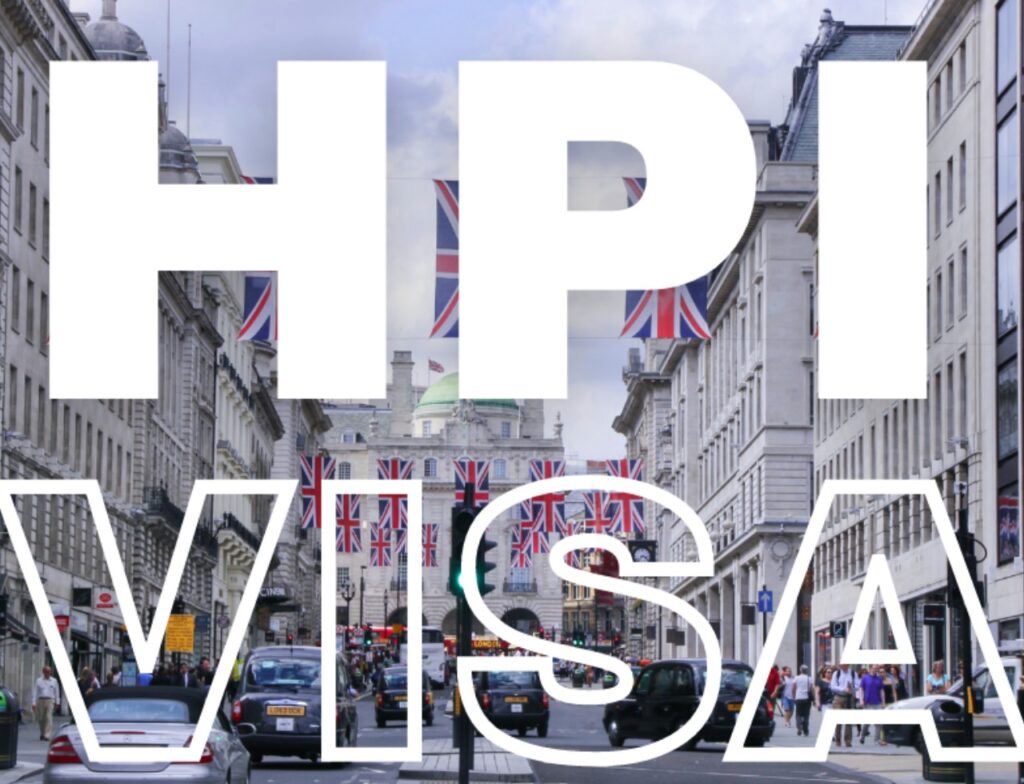Canada immigration consensus, which was previously praised for its openness and strong public support-as tallied in a 2019 Gallup poll-now seems to be on the decline. Recent surveys revealed for the first time in 25 years that a majority of Canadians believe there is “too much immigration.”
Between 2021 and 2024, a number of people that this country had never seen before found themselves in its borders with more than three million. While the new people present development and diversification in economy, increased competition over few resources, jobs, and much accommodation has dramatically shifted the public opinion against them.
Why Public Opinion is Changing
1. Economic and Housing Pressures:
The rapid population growth has stretched core services and facilities, especially in urban metropolitan cities like Toronto. Sultana Jahangir, who heads the South Asian Women’s Rights Organization, has highlighted many of the hurdles immigrants face in finding jobs and affordable housing. The crisis is so acute that some are now bed-sharing in shifts due to the housing crisis.
2. Political Response to Immigration:
The prime minister, Justin Trudeau, has just recently cut immigration targets for the next three years due to resource constraints. While the proposed move is intended to placate public sentiments, for instance, says experts Daniel Bernhard of the Institute for Canadian Citizenship, these cuts will even more drastically oversimplify root causes that give rise to systemic issues, such as long hospital waiting times and housing shortages.
3. Global Anti-Migrant Sentiment:
Canada is no exception to the growing anti-immigrant rhetoric sweeping countries worldwide. It steered clear of the inflammatory rhetoric of the U.S. and the U.K., but experts feel this current swing in public opinion may eventually lead down the path of other developing polarization areas.
Human Cost of a Fractured Consensus
Organizations like Jahangir’s are quite effectively assisting the immigrants in enhancing their job skills as well as their language fluency. Nonetheless, growing hostility and competition between the migrants make the experience of settlement even harsher for the newcomers than ever before.
Western University psychology professor Victoria Esses believes that strident media narratives that link immigration to resource scarcity would only exacerbate public opinion. While she supports temporary reductions in immigration, she says the immigrants should not be demonized.
A Way Forward
While cuts in immigration would ease the short-term anxiety of the public, long-term remedies would include systemic overhauling of housing, healthcare, and infrastructure. Blaming immigrants on governance failures only worsens the divisions.
The central and growing challenge facing Canada is finding a balance toward resolving all its short- and long-term anxieties. Public policymakers need to ensure that the core values relating to diversity and inclusion are not compromised while taking public concerns into due course.
Conclusion
Ultimately, as is now clear, with cracks emerging in the proimmigration consensus in Canada, growth has to be managed in ways that are both thoughtfully governed and entrenched in principles that have made Canada stand at the head of global immigration. Open dialogue combined with dealing with systemic issues would replenish Canada’s pro-immigration consensus and have it continue to thrive as a diverse yet welcoming country.





